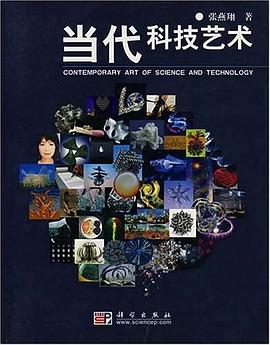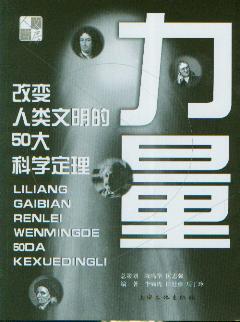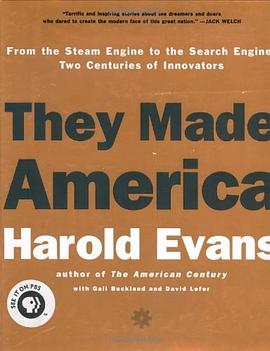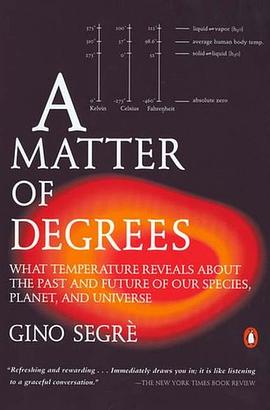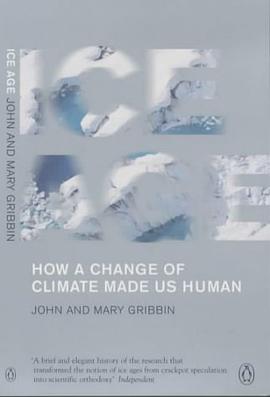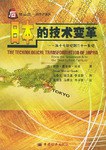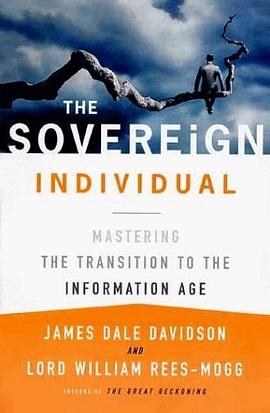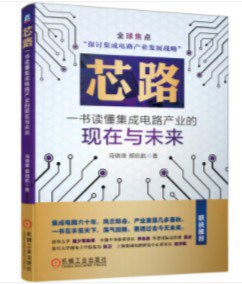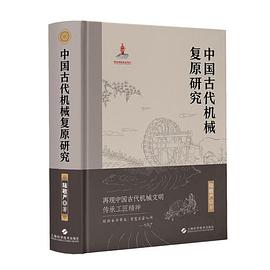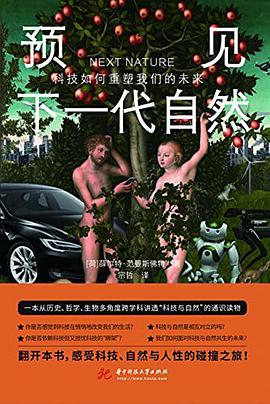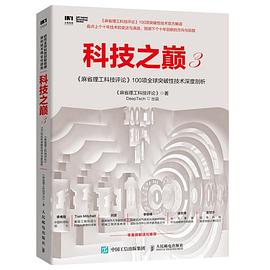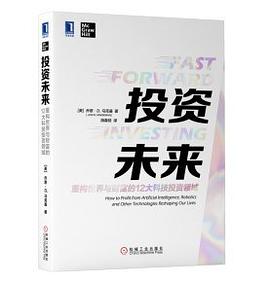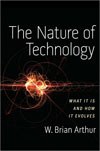

具体描述
布莱恩•阿瑟(Brian Arthur)
复杂性科学的重要奠基人。拥有加州大学伯克利分校经济学博士学位,37 岁就成为斯坦福大学最年轻的经济学教授。
圣塔菲研究所元老级人物。投身于复杂性科学领域研究,在圣塔菲研究所“科学委员会”任职时间长达18 年,在“理事会”任职10 年。
研究正反馈机制的先驱,以“收益递增规律”为基础形成了自己的新经济思想。
荣获复杂性科学领域的首届拉格朗日奖。
1990 年荣获熊彼特奖。
"More than any thing else technology creates our world. It creates our wealth, our economy, our very way of being," says W. Brian Arthur. Yet, until now the major questions of technology have gone unanswered. Where do new technologies come from -- how exactly does invention work? What constitutes innovation, and how is it achieved? Why are certain regions -- Cambridge, England, in the 1920s and Silicon Valley today -- hotbeds of innovation, while others languish? Does technology, like biological life, evolve? How do new industries, and the economy itself, emerge from technologies? In this groundbreaking work, pioneering technology thinker and economist W. Brian Arthur sets forth a boldly original way of thinking about technology that gives answers to these questions. The Nature of Technology is an elegant and powerful theory of technology's origins and evolution. It achieves for the progress of technology what Thomas Kuhn's The Structure of Scientific Revolutions did for scientific progress. Arthur explains how transformative new technologies arise and how innovation really works. Conventional thinking ascribes the invention of technologies to "thinking outside the box," or vaguely to genius or creativity, but Arthur shows that such explanations are inadequate. Rather, technologies are put together from pieces -- themselves technologies -- that already exist. Technologies therefore share common ancestries and combine, morph, and combine again to create further technologies. Technology evolves much as a coral reef builds itself from activities of small organisms -- it creates itself from itself; all technologies are descended from earlier technologies. Drawing on a wealth of examples, from historical inventions to the high-tech wonders of today, and writing in wonder fully engaging and clear prose, Arthur takes us on a mind-opening journey that will change the way we think about technology and how it structures our lives.
用户评价
##科学史学家托马斯.库恩在《科学革命的结构》中论述了他关于科学的洞察,提出了著名的科学发展“范式”理论。而技术思想家阿瑟在本书中带给人们的是他对技术的本质洞察和技术如何演化的深刻见解。他给人们带来了一个全新的观察视角,在这个视角下,技术已不再是人们习以为常的零...
评分 评分 评分##传统写作都讲求有立意、有提纲,但读《技术的本质》时,觉得是否可以换个思路:不考虑具体的立意与提纲,先写小的部分。 “技术都是某种组合”。这意味着什么呢?具体技术都是由不同层级组件构成的。再者组件本身也是由各类元件组成的(技术的递归性),技术会受最基础的元件制...
评分##1. 许久没有的阅读快感。 2. 务必读英文版的。 3. 与《The Innovator's Dilemma》和《Diffusion Of Innovation》两本书一起阅读,收获更多。《The Nature of Technology》从技术哲学角度,比较晦涩,《The Innovator's dilemma》更多的是从商业角度,解决了前者没有说明的purpose(技术的目的);《Innovator's dilemma》也有大量关于disruptive technology颠覆性技术的扩散,《Diffusion Of Innovation》则主要在于论述创新的扩散。 我刚刚在想,为什么我要说阿瑟夸夸其谈、哗众取宠呢?即使他啰里八嗦就说了一个核心观点,然后又东拉西扯做了一些不准确的类比和扩展,也没有必要这么刻薄人家呀。等我总结说,他的核心观点是“技术是模块化构成”,而他的其他一些观点不过似是而非的时候我自己才明白过来,原...
评分一句话概括本书内容:技术是什么?如何进化? 技术的本质是被捕获并加以利用的现象的集合,现象是技术的基因,技术的进化在于新的原理或者不同原理的实践,重新组合有机会诞生新技术。这一部分可以联系另外一本书《增长的本质》。 技术不是科学和经济的副产品,反之才是。 现在...
评分##作者当然大名鼎鼎,没的说。但是: 1.内容真的一般,关于技术的进化并没有交代的令人信服; 2.比起KK的作品,想象力远不如,变现力也不好; 3.作者的的优势在技术和经济的结合之处,但缺乏描述,不知是何原因; 4.湛庐的商业化运作太过操切; 5.请来写序的清华教授其实真心不懂...
评分 评分相关图书
本站所有内容均为互联网搜索引擎提供的公开搜索信息,本站不存储任何数据与内容,任何内容与数据均与本站无关,如有需要请联系相关搜索引擎包括但不限于百度,google,bing,sogou 等
© 2025 book.qciss.net All Rights Reserved. 图书大百科 版权所有

